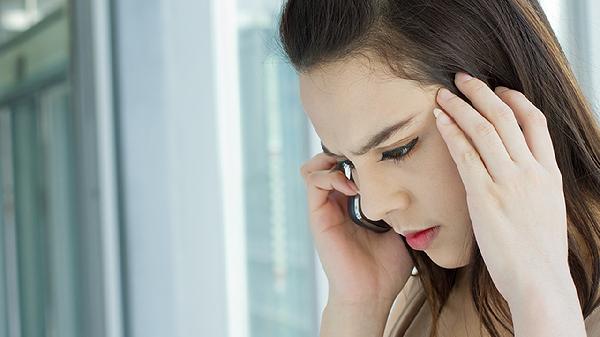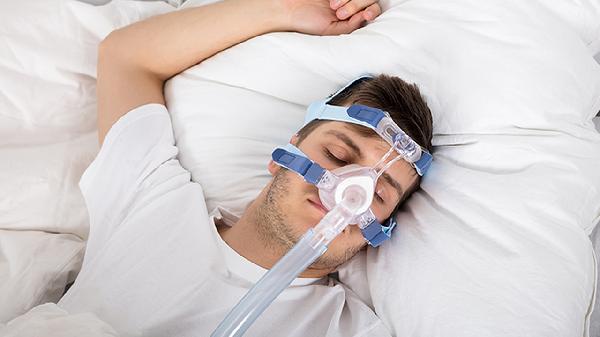Ever had one of those days where everything just piles up, and before you know it, you're sobbing into your pillow—only to feel weirdly lighter afterward? Turns out, there's actual science backing up why a good cry can feel like hitting the emotional reset button. Crying isn’t just a messy breakdown; it’s your body’s built-in stress-relief system, complete with biochemical fireworks and psychological perks. So, if you’ve ever wiped away tears and thought, "Okay, why do I kinda feel better now?"—let’s break it down.

First off, not all tears are created equal. Your eyes produce three types: basal (the everyday moisture keeping your eyeballs comfy), reflex (the ones that gush when you chop onions), and emotional (the big, dramatic ones). Emotional tears are the VIPs here—they’re packed with stress hormones like cortisol and proteins like prolactin, which basically act as your body’s "pressure release valve." When you cry, you’re literally flushing out stress chemicals. Researchers even found that emotional tears contain leucine-enkephalin, an endorphin that helps dull pain and boost mood. So yeah, crying is basically your body’s version of a detox smoothie for your feelings.
Here’s where it gets fascinating: humans might’ve evolved to cry as a silent SOS signal. Think about it—a baby’s wail or a friend’s quiet tears instantly trigger our "help mode." Studies show that seeing someone cry releases oxytocin (the "cuddle hormone") in observers, nudging them toward empathy and support. Even in adults, crying can defuse conflict, strengthen bonds, and signal vulnerability in a way words often can’t. That post-cry hug or text from a friend? That’s biology and social wiring working together to remind you you’re not alone.
Ever tried to "keep it together" and ended up with a tension headache or a random outburst later? That’s your body protesting. When you stifle tears, your stress response stays stuck in overdrive, keeping cortisol levels high. Over time, this can mess with your immune system, digestion, and even heart health. One study found people who avoided crying during sad movies had higher blood pressure afterward compared to those who let the waterworks flow. Moral of the story? Letting tears out is like opening a pressure cooker valve—it prevents an emotional explosion down the road.
That floaty, calm feeling post-sob session? Thank your parasympathetic nervous system (PNS). Once the storm passes, your PNS kicks in like a biological chill pill, slowing your heart rate and easing tension. Plus, crying activates your prefrontal cortex—the brain’s logic center—helping you process what just happened. It’s why you might suddenly see a problem clearly or feel ready to tackle it after a cry. Bonus: all that deep breathing from sobbing oxygenates your blood, giving you a mini energy boost. Basically, crying is your body’s way of hitting "pause," then "refresh."
While crying usually = relief, it’s not a one-size-fits-all fix. If you’re crying daily for weeks or feel worse afterward (hello, shame spiral), it might signal depression or anxiety needing professional support. Context matters too—crying in a safe space vs. mid-work meeting yields very different results. And for some neurodivergent folks or those with certain mental health conditions, tears might not bring the typical catharsis. The key? Tune into your body’s cues. If crying leaves you drained, not renewed, it’s worth exploring why.
So next time you feel the lump in your throat or the sting behind your eyes, remember: crying isn’t weakness. It’s your body’s ancient, messy, brilliant way of balancing your emotional ecosystem. Grab the tissues, let it out, and trust the science—you’re wired to feel better after.
























